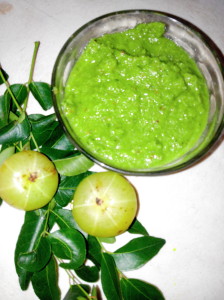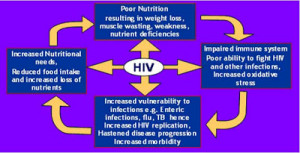OSTEOPOROSIS steps to better bone health
Real
men build their strength from within
Make
your bone health a priority
Appearances can be deceiving. DON’T LET
OSTEOPOROSIS SLOW YOU DOWN
Men who look strong on the outside,
may actually be weak on the inside and don’t realize it. Worldwide
approximately one in five men over the age of 50 years will break
a bone due to osteoporosis. The vast majority of them are neither identified
nor treated for this ‘silent’ disease, even after they’ve had a fracture.
IT’S
NOT JUST A WOMAN’S DISEASE
The common misconception is that
osteoporosis affects only women,
BUT it affects millions of men around
the world too, with devastating
consequences.
FIVE
STEPS TO BETTER BONE HEALTH
Building strong bones throughout
your lifetime will enable you to
continue doing the things you enjoy
for longer. It will also help you live
independently, free of the pain and
suffering caused by broken bones.
Take charge of your bone health
today.
Regular weight-bearing and
muscle-strengthening exercises jogging
brisk walking stair climbing are
beneficial at all ages and important for maintaining strong bones and muscles.
These should be performed for at
least 30 minutes, 3–5 days per week.
Muscle-strengthening or resistance
exercises at least 2 days per week.
Don’t forget to target the major muscles
around the hip and spine.
If you have osteoporosis or spinal
fractures you need to be
cautious when doing activities that
could lead to injury and you should have professional guidance when setting up
a regular fitness routine.
Bone-healthy
nutrients
Don’t let this ‘silent’ disease eat
up your bones
Sufficient calcium, vitamin D and
protein are essential for your bone and muscle health. Dairy foods such as
milk, yoghurt, and cheese, have the highest amounts of calcium and also contain
protein and other minerals that are good for bones.
While dietary calcium is best, some
people may need to take supplements if they can’t achieve their daily calcium
goals from food alone.
Most of the vitamin D in the body is
produced from exposure of the
skin to sunlight.However, depending
on where you live, you may not be able to get enough vitamin D from safe
exposure to sunlight alone. Small amounts of vitamin D are found in foods (e.g.
egg yolk, salmon and tuna).
Avoid
negative lifestyle habits
- Stop Smoking
- Excessive alcohol consumption (more than 2 units a day)
- Poor diet (low levels of calcium, less than 600 mg per
day)
- Vitamin D deficiency/insufficiency
- Lack of physical exercise or excessive exercise that
leads to low body weight
- Maintain a healthy weight, low body mass index (BMI
<20) puts ypu at risk for fracture.
Identify
your risk factors
- Age - bone loss accelerates more
rapidly at around age 70 years in men
- Family history of osteoporosis means
you’re at higher risk
- A previous broken bone at the age
of 50 years or over
- Long-term use of glucocorticosteroids (more than
3 months)
- Primary or secondary hypogonadism
(testosterone deficiency
- Certain
medications
– in addition to glucocorticosteroids, other medications can also put you
at increased risk. These include, but are not limited to, some
immunosuppressants, thyroid hormone treatment in excess dosage, certain
antipsychotics, anticonvulsants, anti-epileptic drugs, lithium,
methotrexate, antacids and proton- pump inhibitors.
- Some
chronic diseases
– diseases that place you at risk include, but are not limited to,
rheumatoid arthritis, inflammatory bowel disease (e.g. Crohn’s disease),
diseases of malabsorption (e.g. celiac’s disease), type 1 and type 2
diabetes, hyperparathyroidism, chronic liver or kidney disease, lymphoma
and multiple myeloma, hypercalciuria, and thyrotoxicosis.
Get
Clinical assessment done which may include bone mineral density (BMD) measurement with a dual energy x-ray absorptiometry (DXA)
scanner.This is a quick and
noninvasive method to measure BMD at the hip and spine.
Make sure you comply with your
prescribed treatment regimen Because the benefits of treatment are not always
evident, many
patients stop taking their
medication – don’t let that happen to you.
By continuing on treatment you can
protect your bones and avoid damaging and potentially life-threatening
fractures.
Mrs Shilpa Mittal
Nutritionist and Diet Consultant
Founder Shilpsnutrilife - Diet and lifestylemakeover


























